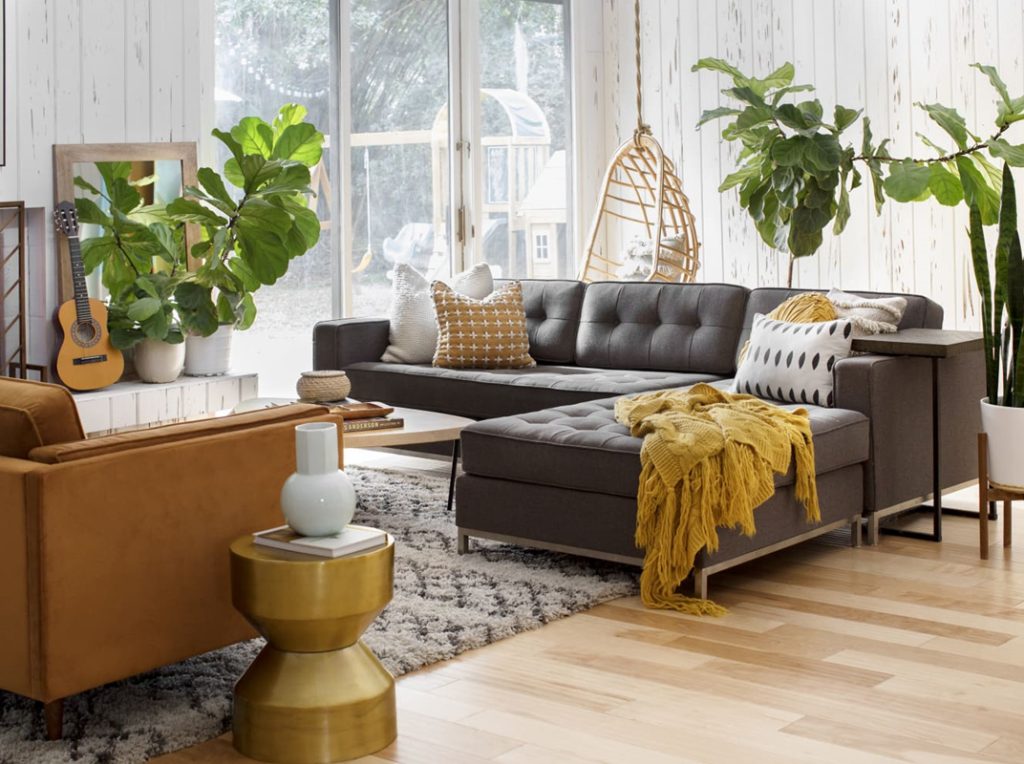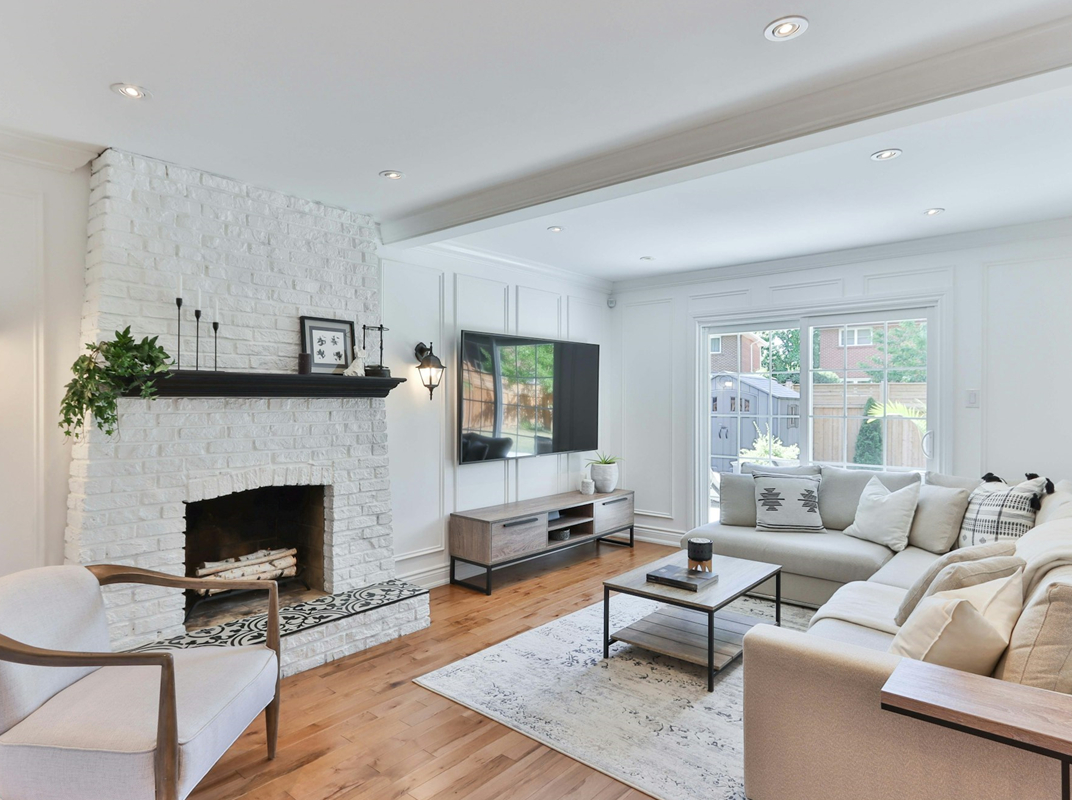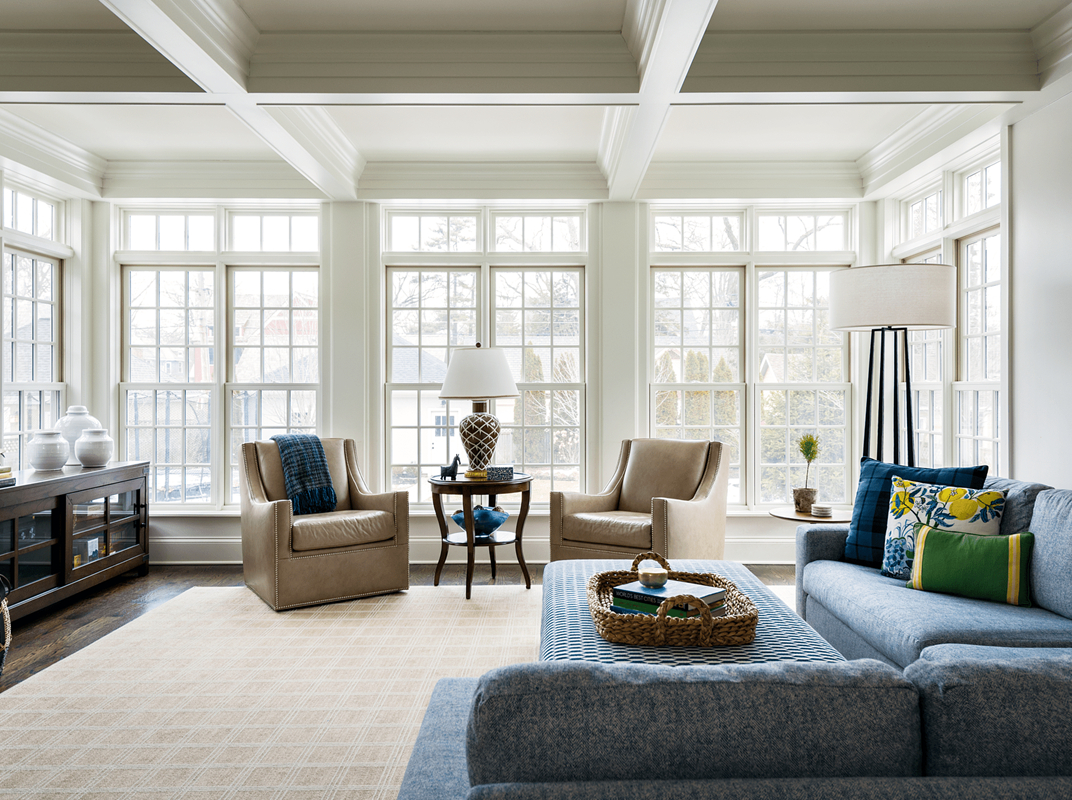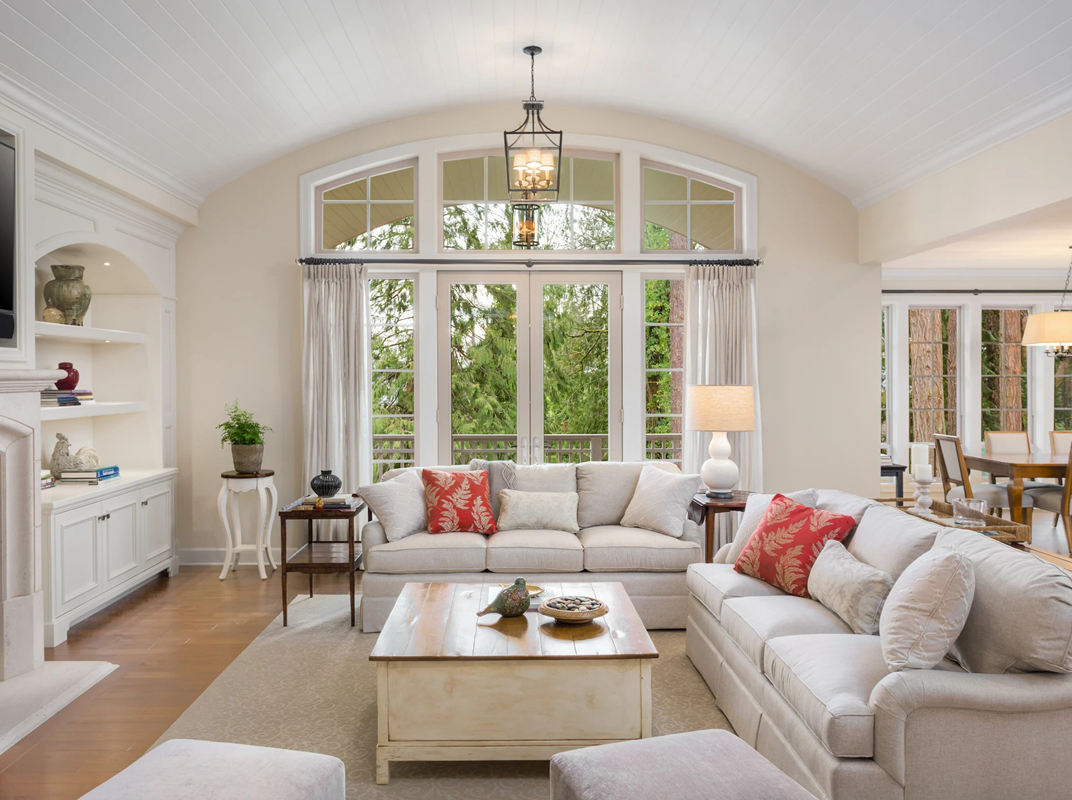At its core, layout drives functionality. Furniture is arranged to support movement and interaction, with clear pathways between doorways and seating. A sofa positioned to face chairs creates a natural conversation area, while a coffee table at knee height offers a convenient surface for drinks or snacks without blocking flow. In smaller spaces, furniture with exposed legs or slim profiles prevents the room from feeling cramped, ensuring even tight quarters remain usable.
Multi-use pieces elevate functionality. A storage ottoman doubles as extra seating and a place to tuck blankets. A media console with closed cabinets hides clutter but leaves open shelves for displaying books or decor. Convertible furniture, like a sofa bed, caters to overnight guests without sacrificing daily comfort. These pieces ensure the room works hard, adapting to changing needs from morning coffee to evening movie nights.

Lighting and storage are practical pillars. Layered lighting—overhead fixtures for brightness, table lamps for task work, and floor lamps for ambiance—lets the room shift from energetic to calm. Built-in shelves or floating cabinets keep essentials organized, reducing visual clutter that can make a space feel chaotic. Even small touches, like a basket for remotes or a tray for keys, add order without sacrificing style.
A functional living room also reflects the people who use it. It prioritizes what matters most, whether that’s a dedicated play corner for kids, a reading nook for book lovers, or ample seating for large families. It’s not about perfection but about creating a space that supports daily life, making every activity—big or small—feel more manageable and enjoyable.




